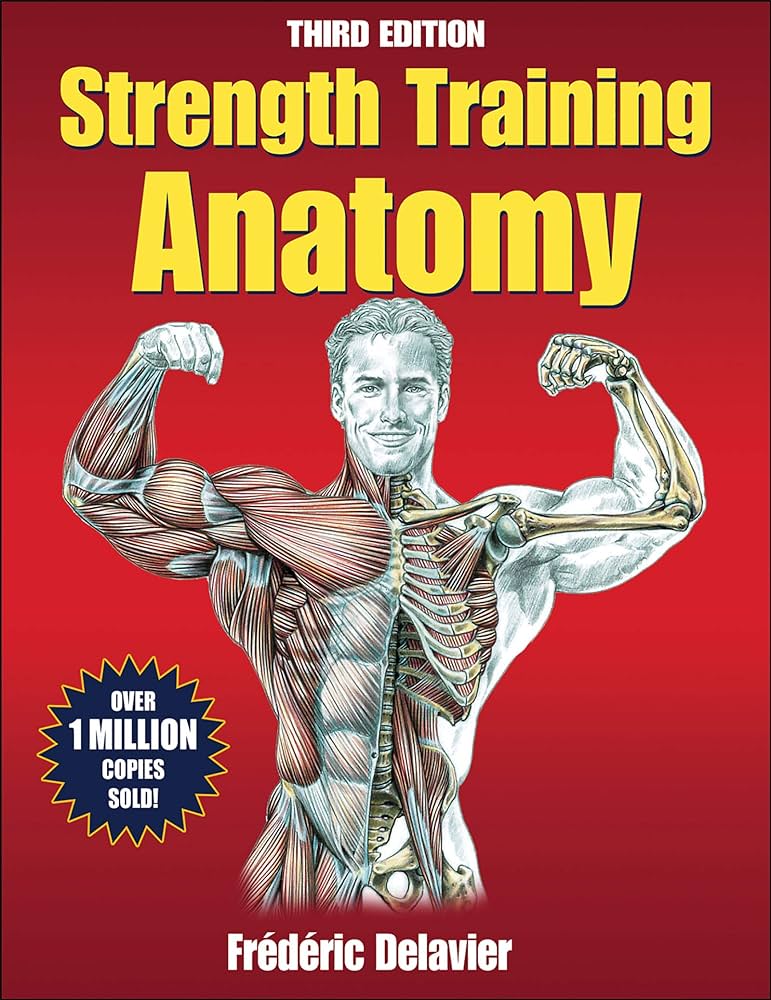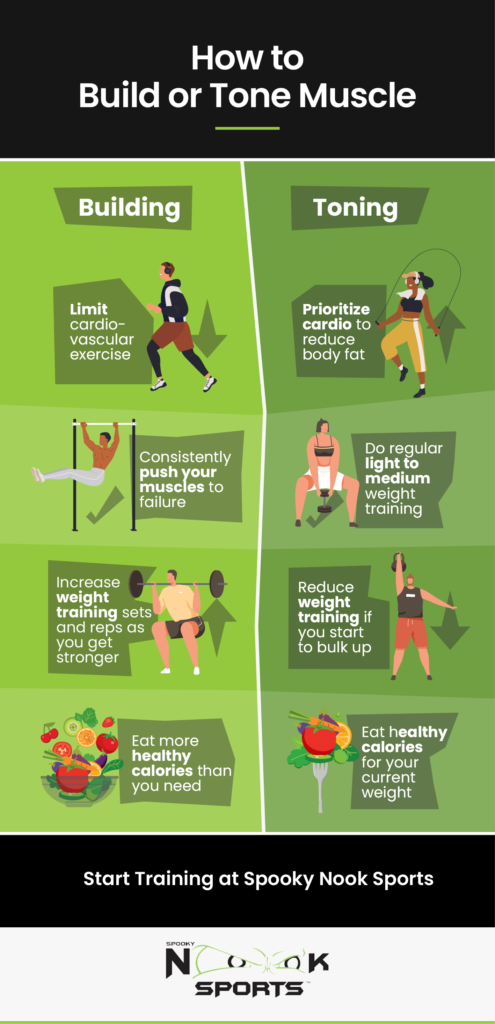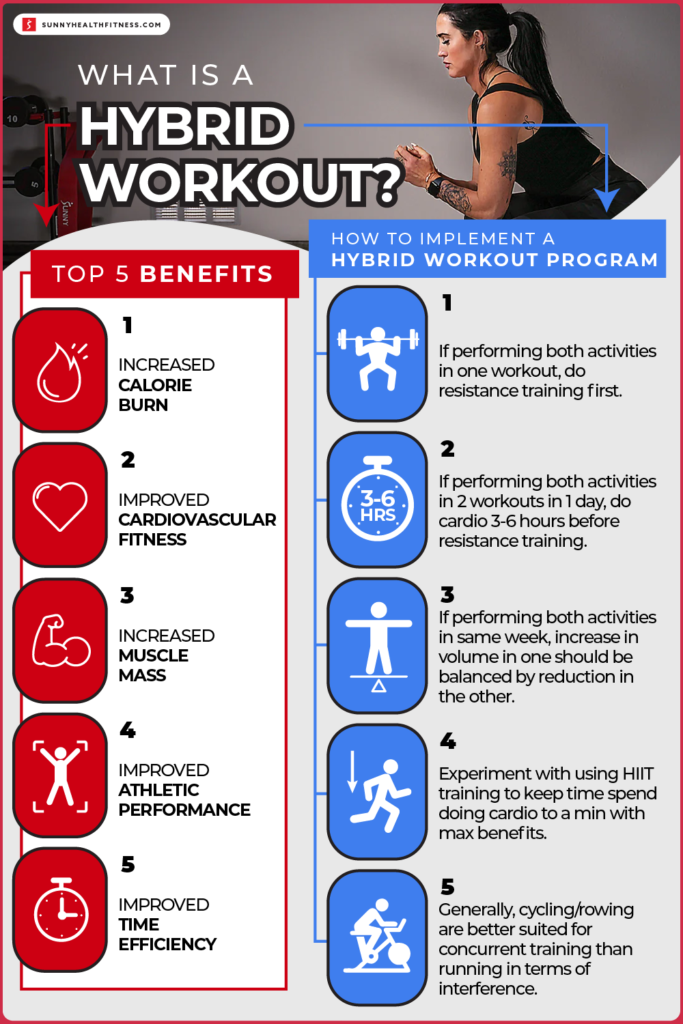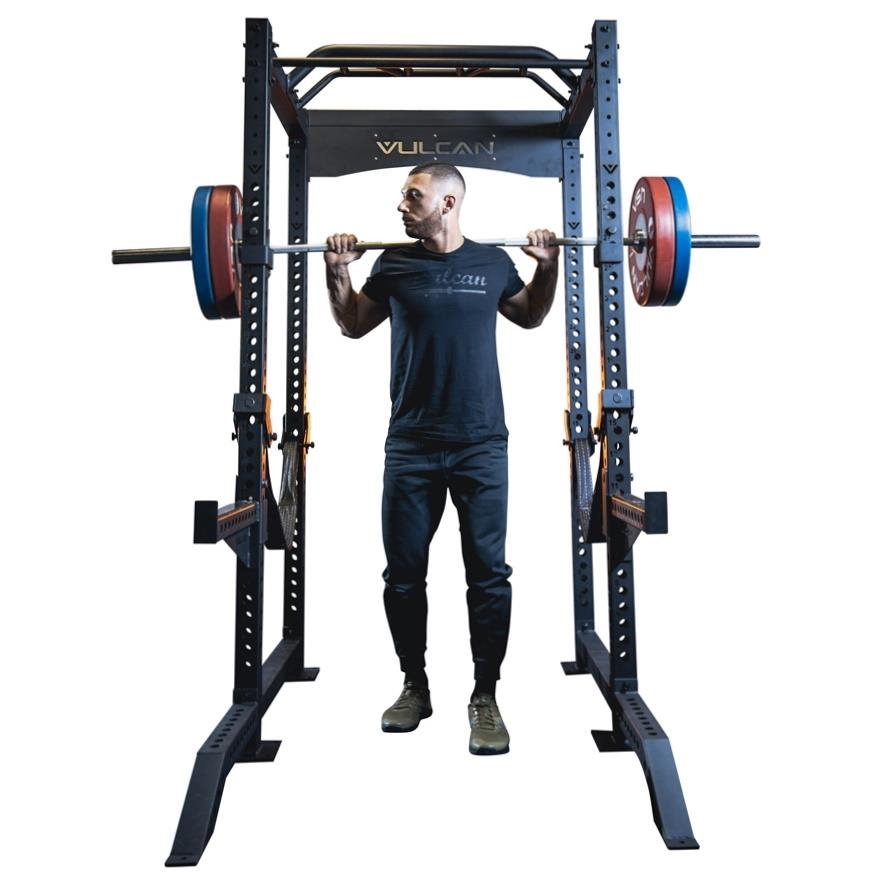Functional strength training focuses on movements that improve daily activities, while traditional strength training targets muscle growth and aesthetics. Both have unique benefits depending on your fitness goals.
Functional strength training involves exercises mimicking real-life movements. It enhances stability, coordination, and overall functional fitness. This type of training helps improve your ability to perform everyday tasks efficiently. Traditional strength training, on the other hand, emphasizes isolated muscle exercises.
This method aims to increase muscle mass, strength, and endurance. Both types of training are valuable. Your choice depends on whether you seek improved daily function or muscle development. Understanding their differences helps tailor your workout to better meet your personal fitness objectives.
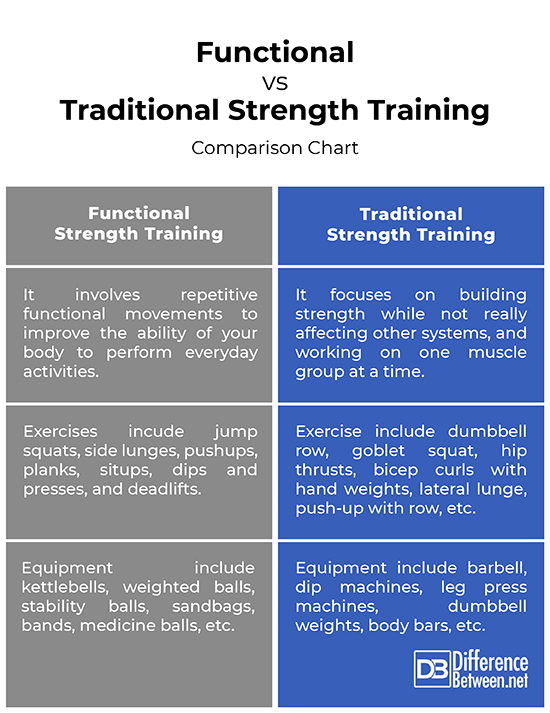
Credit: www.differencebetween.net
Introduction To Strength Training
Functional strength training focuses on movements mimicking daily activities, enhancing overall body efficiency. Traditional strength training targets specific muscles, increasing size and power. Both methods offer unique benefits for fitness goals.
Key Benefits Of Strength Training
Strength training builds muscle and boosts metabolism. It helps improve bone density. People feel stronger and more confident. It can also aid in weight management. Enhanced muscle mass leads to burning more calories. Better posture and reduced injury risk are other benefits. Strength training also enhances mental health. People often feel happier and less stressed.
Different Approaches To Strength Training
Functional strength training focuses on everyday movements. It includes exercises like squats and lunges. These exercises mimic daily activities. Traditional strength training uses machines and free weights. It targets specific muscles. Both approaches have their own benefits. Functional training improves balance and coordination. Traditional training builds isolated muscle strength. Combining both can offer the best results.
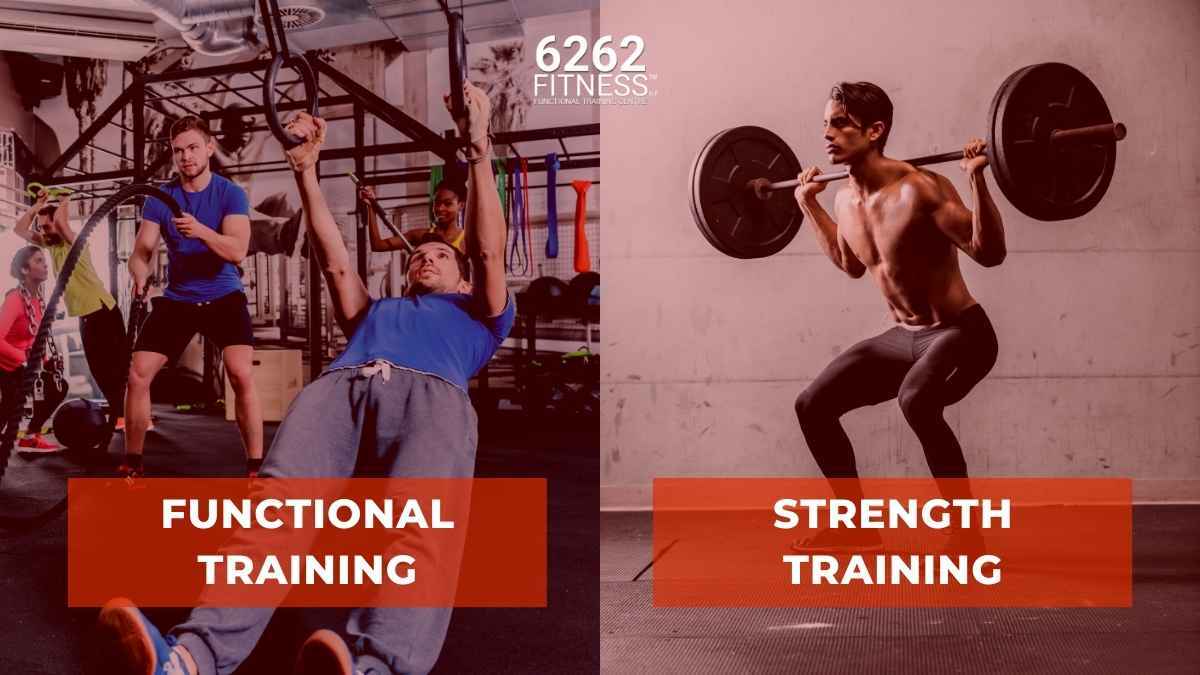
Credit: 6262fitness.com
Essence Of Functional Strength Training
Functional strength training mimics real-life movements. It focuses on multi-joint exercises. This approach helps in improving coordination. It strengthens multiple muscle groups at once. The goal is to enhance daily activities. Exercises like squats and lunges are common. This type of training reduces injury risks. It boosts overall body stability. Functional training is great for all ages. It is especially beneficial for athletes.
Functional training helps in daily chores. It improves balance and coordination. Carrying groceries becomes easier. It makes lifting objects safer. This training helps in household tasks. It is great for playing with kids. It enhances sports performance. Simple activities become effortless. Functional training leads to a healthier lifestyle. It is practical and effective.
Core Elements Of Traditional Strength Training
Traditional strength training focuses on specific muscles. This method uses classic exercises like bench presses and bicep curls. These exercises often use weights or machines. Each exercise targets one muscle group. This helps build muscle size and strength. Proper form is very important. It reduces the risk of injury. Consistency is key for progress. Workouts usually follow a structured plan. Most people train different muscle groups on different days. This allows muscles to rest and grow.
Muscle isolation is a key part of traditional strength training. Exercises like leg extensions and tricep pushdowns focus on one muscle. This helps in achieving balanced muscle growth. It also makes weak muscles stronger. Using machines can help in better muscle isolation. Free weights are also effective. Both have their unique benefits. Correct technique is essential. It maximizes gains and prevents injuries.
Comparing Functional And Traditional Training
Functional training focuses on movements we use every day. It helps improve balance, coordination, and flexibility. Traditional training usually targets specific muscles. It often uses machines and weights to build muscle mass. Both types of training have their own benefits. Functional training is great for overall fitness. Traditional training is ideal for muscle growth.
Functional training often needs minimal equipment. You might use resistance bands, kettlebells, or your own body weight. This type of training can be done almost anywhere. Traditional training usually requires more equipment. You need machines, dumbbells, and barbells. A gym is often the best place for traditional training.
Functional training can save you money and space. Traditional training provides a structured environment for muscle growth.
Assessing Your Fitness Goals
Setting fitness goals is very important. Short-term goals help you stay motivated. Long-term goals keep you focused on the bigger picture. Functional strength training often targets daily activities. This can improve balance, coordination, and flexibility. It can be helpful for anyone wanting to move better in daily life.
Traditional strength training focuses on building muscle mass and strength. This can be beneficial for athletes and bodybuilders. Each type of training serves different purposes. Choosing the right one depends on your personal fitness goals.
Integrating Functional Movements Into Everyday Life
Functional movements help in daily tasks. Squatting helps you pick things up. Lunges help you climb stairs. Pushing helps you open doors. Pulling helps you carry bags. Twisting helps you reach objects. These movements make life easier. They keep your body strong and flexible.
Functional training improves balance. It reduces the risk of falls. It boosts your energy levels. This training helps in managing weight. It also improves posture. Functional training enhances coordination. It keeps your muscles active. It supports joint health. This training makes everyday activities easier.
Traditional Strength Training For Bodybuilders And Athletes
Traditional strength training focuses on muscle hypertrophy. It helps athletes gain muscle mass. Increased muscle mass improves power and strength. Bodybuilders use it to sculpt their bodies. It helps in improving performance in sports.
Regular workouts enhance muscle endurance. Athletes can perform for longer periods. It also reduces the risk of injuries. Stronger muscles protect joints. They provide better support and stability.
Many athletes have seen success with traditional strength training. They have won championships and set records. John Doe, a bodybuilder, gained 20 pounds of muscle. He won the national championship. Jane Smith, a sprinter, improved her running time. She set a new personal best and won a gold medal.

Credit: m.youtube.com
Hybrid Training Approaches
Hybrid training combines the best of both functional and traditional methods. This approach ensures a well-rounded fitness routine. Functional training focuses on movements that mimic daily activities. These exercises improve balance, coordination, and flexibility.
On the other hand, traditional strength training uses weights and machines. This builds muscle mass and strength. Combining these methods creates a balanced workout regimen. It helps in achieving both muscle growth and functional strength.
A balanced workout regimen includes both functional and traditional exercises. Start with functional movements like lunges and squats. Follow up with weightlifting exercises like bench presses and deadlifts. This ensures comprehensive strength training.
Alternating between these methods keeps the routine engaging and effective. It also reduces the risk of injury. This hybrid approach helps in achieving overall fitness goals.
Safety And Injury Prevention
Using the right form is crucial in strength training. Bad form can cause injuries. Always keep your back straight when lifting weights. Bend your knees instead of your back. Use a spotter when lifting heavy weights. This helps to avoid accidents. Warm up before starting any exercise. This gets your muscles ready.
Start with lighter weights to learn the movements. Increase weight slowly as you get stronger. Listen to your body. Stop if you feel pain. Wear proper gear like gloves and shoes. This reduces the risk of injury. Stay hydrated to keep your muscles working well. Take breaks between sets to avoid fatigue. Cool down after your workout to relax your muscles.
Measuring Progress And Success
Tracking your progress helps you see how far you have come. Use a fitness journal to write down your workouts. Monitor your weight and body measurements. Record how much weight you lift in each exercise. Check your heart rate during and after workouts. These metrics help you know if you are getting stronger.
Adjust your workouts to keep getting better. If an exercise becomes easy, add more weight. Change your routine every few weeks. Try new exercises to work different muscles. Rest days are important for recovery. Listen to your body to avoid injuries. Keep challenging yourself to see improvements.
Expert Opinions And Research Findings
Experts compare functional strength training to traditional methods, noting functional training’s emphasis on real-life movements and overall body coordination. Research indicates traditional strength training focuses on muscle isolation, potentially leading to greater muscle mass gains.
Studies On Training Efficacy
Experts agree that functional training improves daily movements. Traditional training focuses on muscle strength. Research shows both methods build strength. Functional training also enhances balance. Studies reveal it benefits older adults. Traditional training is great for bodybuilders. Both methods are effective.
Professional Recommendations
Trainers suggest mixing both training types. Functional exercises can be done at home. Traditional exercises need gym equipment. Experts say beginners should start slow. Professional trainers recommend personalized plans. Training should match individual goals. Both methods should be safe and fun.
Conclusion: Making The Optimal Choice
Choosing between functional and traditional strength training depends on individual goals. Functional training enhances everyday movements, while traditional methods focus on muscle isolation and strength gains. Balancing both can lead to optimal fitness results.
Summarizing Key Takeaways
Functional strength training focuses on movements you do in daily life. It helps improve balance and coordination. Traditional strength training uses weights to build muscle size and strength. Both have unique benefits.
Choosing the best method depends on your goals. Want to improve daily tasks? Functional training may be best. Want bigger muscles? Traditional training might be better. Combining both can give a balanced workout.
Personalizing Your Strength Training Journey
Personal goals shape your strength training path. Beginners might start with simple exercises. Advanced trainers may mix both methods. Listen to your body and adjust as needed.
Seeking advice from a professional trainer can help. They can design a program just for you. Stay consistent and enjoy the progress.
Frequently Asked Questions
What Is The Difference Between Functional And Traditional Strength Training On Apple Watch?
Functional strength training on Apple Watch focuses on dynamic, full-body movements. Traditional strength training targets specific muscle groups with isolated exercises.
Does Functional Strength Training Burn More Calories Than Traditional?
Functional strength training can burn more calories than traditional strength training. It engages multiple muscle groups, increasing calorie expenditure.
Can You Build Muscle Functional Training?
Yes, functional training can build muscle. It focuses on exercises that improve strength, balance, and endurance.
Is Body Pump Traditional Or Functional Strength Training?
Body Pump combines both traditional and functional strength training. It uses weights and body movements to build strength and endurance.
What Is Functional Strength Training?
Functional strength training focuses on exercises that mimic everyday movements to improve overall mobility and strength.
What Is Traditional Strength Training?
Traditional strength training uses weights and machines to target specific muscles for increased muscle mass and strength.
Which Is Better For Beginners?
Functional strength training is often better for beginners as it improves overall movement and coordination.
Can You Lose Weight With Functional Training?
Yes, functional training can help you lose weight by burning calories and improving muscle tone.
Is Traditional Strength Training Safe?
Yes, traditional strength training is safe when performed with proper form and technique.
Does Functional Training Build Muscle?
Functional training can build muscle, but it primarily focuses on improving strength and coordination.
Conclusion
Choosing between functional and traditional strength training depends on your goals and lifestyle. Functional training improves everyday movements, while traditional strength training builds muscle mass. Both methods offer unique benefits. Consider your fitness objectives and personal preferences to find the best fit.
Embrace the journey to better health and stronger body.

